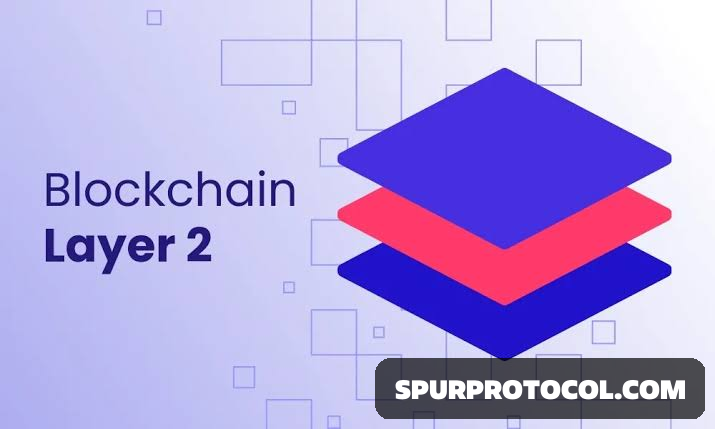The Rise Of Layer 2 Blockchains: Faster, Cheaper, And The Future Of Crypto
Why Layer 2 Blockchains Are Solving Cryptos Biggest Problems
Go Back
🕒 4:51 AM
📅 Mar 03, 2025
✍️ By chybunz
Why Layer 2 Blockchains Are Solving Cryptos Biggest Problems
Go Back
🕒 4:51 AM
📅 Mar 03, 2025
✍️ By chybunz
What Are Layer 2 Blockchains?
Let’s say you’re in a traffic jam on a major highway (Ethereum). Cars are moving painfully slow because there are too many vehicles and not enough lanes.
Now imagine an express lane opens up, where you can pay a small fee to bypass the traffic and reach your destination faster. That’s exactly what Layer 2 blockchains do for crypto—they take transactions off the congested main chain and process them more efficiently.
Layer 2s help blockchains scale by reducing fees, speeding up transactions, and making crypto actually usable for everyday people.
Why Do We Even Need Layer 2s?
Ethereum is the most popular blockchain for smart contracts, NFTs, and DeFi, but it has a problem—it gets ridiculously expensive and slow when the network is busy.
Imagine trying to buy a $5 NFT but paying $50 in gas fees. That’s like paying a delivery fee that costs more than your actual order. Not ideal.
Layer 2 solutions like Arbitrum, Optimism, and Polygon fix this by handling transactions off the main Ethereum chain and then settling them back on it. This keeps things secure while making transactions way cheaper and faster.
How Do Layer 2s Work?
There are different types of Layer 2 solutions, but the most common ones are:
1. Rollups (Optimistic & ZK Rollups)
• These bundle multiple transactions together and submit them as one, reducing congestion.
• Example: Arbitrum, Optimism, StarkNet
2. Sidechains
• Independent blockchains that connect to Ethereum but have their own rules.
• Example: Polygon
3. State Channels
• Think of them like private chat rooms for transactions that settle on the blockchain later.
• Example: Bitcoin’s Lightning Network
Real-World Impact of Layer 2s
Say you’re an artist selling NFTs. If you list them on Ethereum, your buyers might have to pay more in gas fees than the NFT itself. But if you use a Layer 2 like Polygon, those fees drop to just a few cents. More buyers, more sales, and a better experience for everyone.
Or imagine a DeFi trader trying to move funds between platforms. On Ethereum, that could cost hundreds in gas fees. But on Layer 2s? Pennies.
The Future of Layer 2s
Ethereum’s founder, Vitalik Buterin, has said that Layer 2s are the future of scaling. As crypto adoption grows, these networks will become essential for making blockchain affordable and accessible to everyone.
So, next time someone complains about Ethereum fees, tell them: “That’s what Layer 2s are for!”